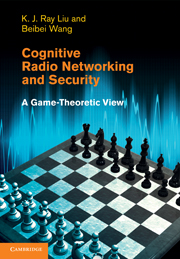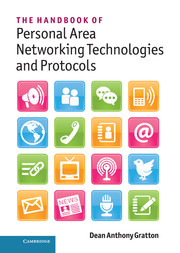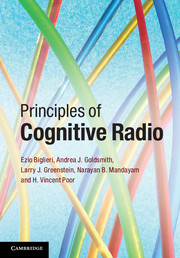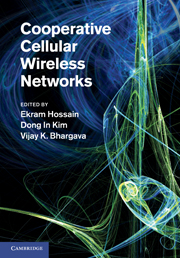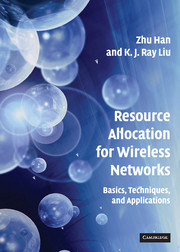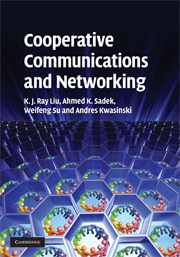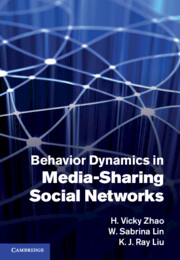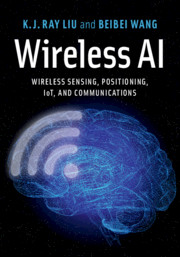Cognitive Radio Networking and Security
With the rapid growth of new wireless devices and applications over the past decade, the demand for wireless radio spectrum is increasing relentlessly. The development of cognitive radio networking provides a framework for making the best possible use of limited spectrum resources, and it is revolutionising the telecommunications industry. This book presents the fundamentals of designing, implementing, and deploying cognitive radio communication and networking systems. Uniquely, it focuses on game theory and its applications to various aspects of cognitive networking. It covers in detail the core aspects of cognitive radio, including cooperation, situational awareness, learning, and security mechanisms and strategies. In addition, it provides novel, state-of-the-art concepts and recent results. This is an ideal reference for researchers, students and professionals in industry who need to learn the applications of game theory to cognitive networking.
- The first book to focus on game theory and its applications to various aspects of cognitive networking
- Covers various aspects of cognitive radio in detail, including cooperation, situational awareness, learning, and security
- Presents state-of-the-art novel concepts and recent results
Product details
November 2010Hardback
9780521762311
618 pages
253 × 180 × 32 mm
1.35kg
178 b/w illus. 34 tables
Available
Table of Contents
- Part I. Cognitive Radio Communications and Cooperation:
- 1. Introduction to cognitive radios
- 2. Game theory for cognitive radio networks
- 3. Markov models for dynamic spectrum allocation
- 4. Repeated open spectrum sharing game
- 5. Pricing game for dynamic spectrum allocation
- 6. A multi-winner cognitive spectrum auction game
- 7. Evolutionary cooperative spectrum sensing game
- 8. Anti-jamming stochastic game
- 9. Opportunistic multiple access for cognitive networks
- Part II. Resource Awareness and Learning:
- 10. Reinforcement learning for energy-aware communications
- 11. Repeated game and learning for packet forwarding
- 12. Dynamic pricing games for routing
- 13. Connectivity-aware network lifetime optimization
- 14. Connectivity-aware network maintenance and repair
- Part III. Securing Mechanism and Strategies:
- 15. Trust modeling and evaluation
- 16. Defense against routing disruptions
- 17. Defense against injecting traffic attacks
- 18. Attack-resistant cooperation stimulation
- 19. Optimal strategies for cooperation stimulation
- 20. Belief evaluation for cooperation enforcement
- 21. Defense against insider attacks
- 22. Secure cooperation stimulation under noise and imperfect monitoring.

